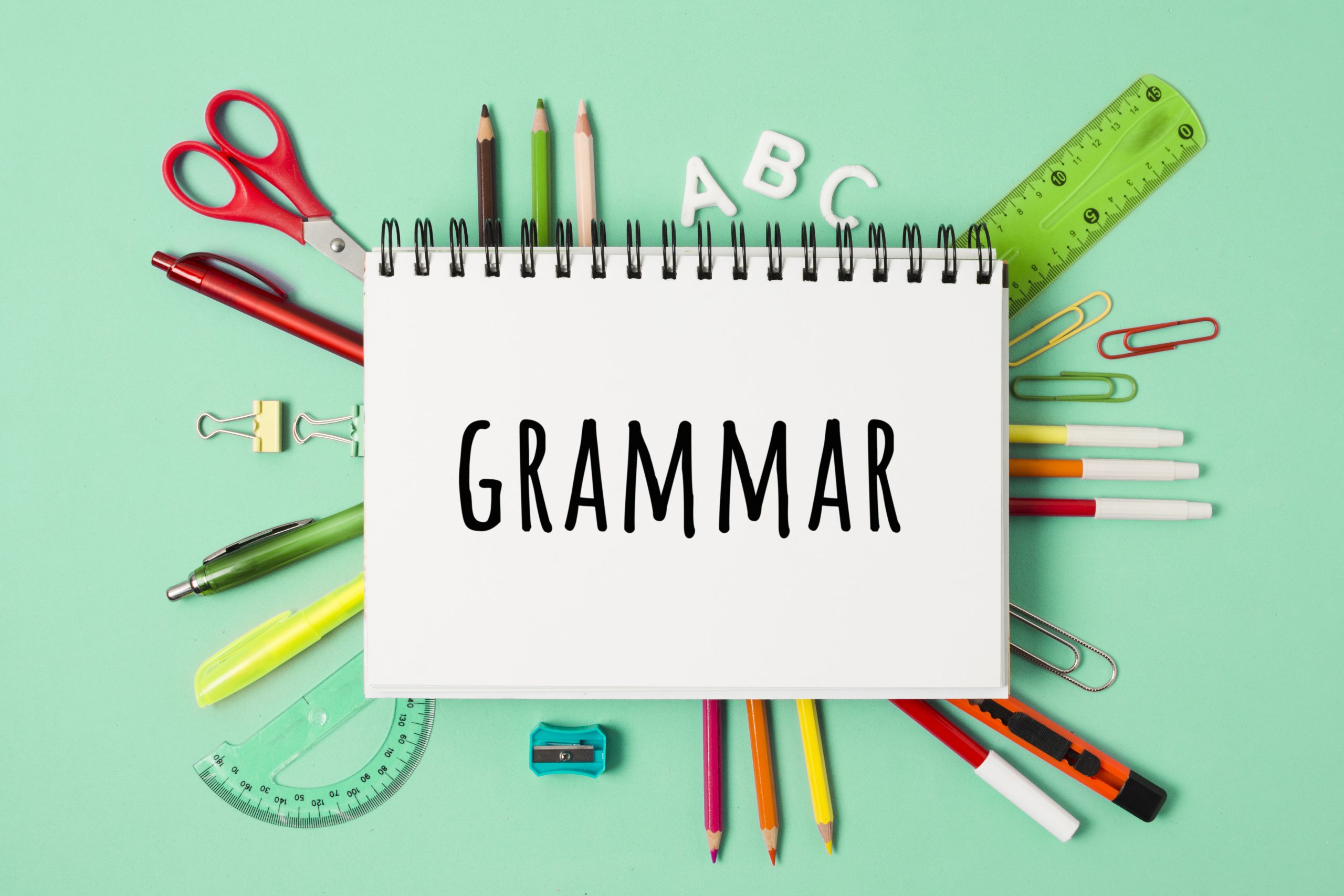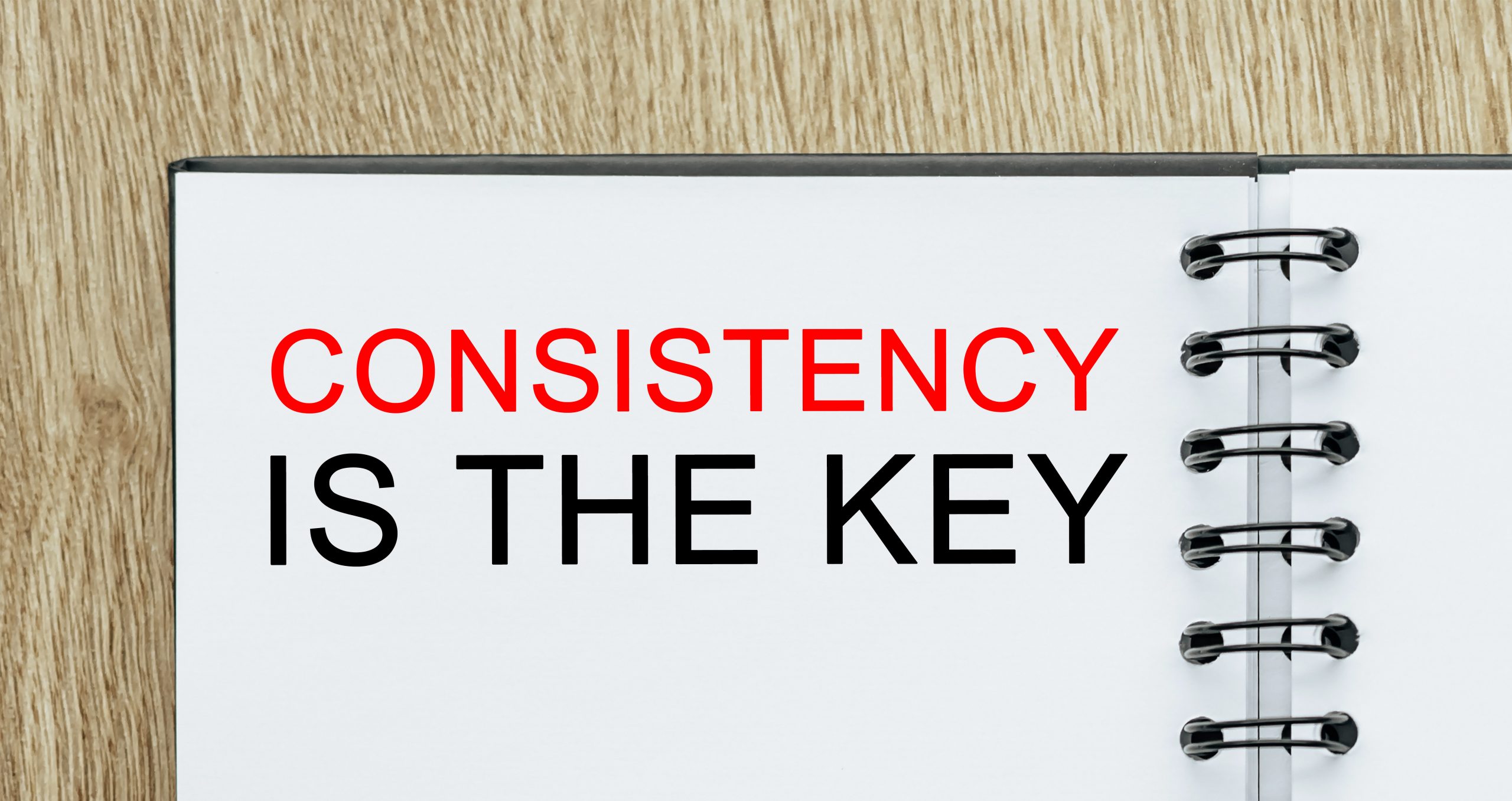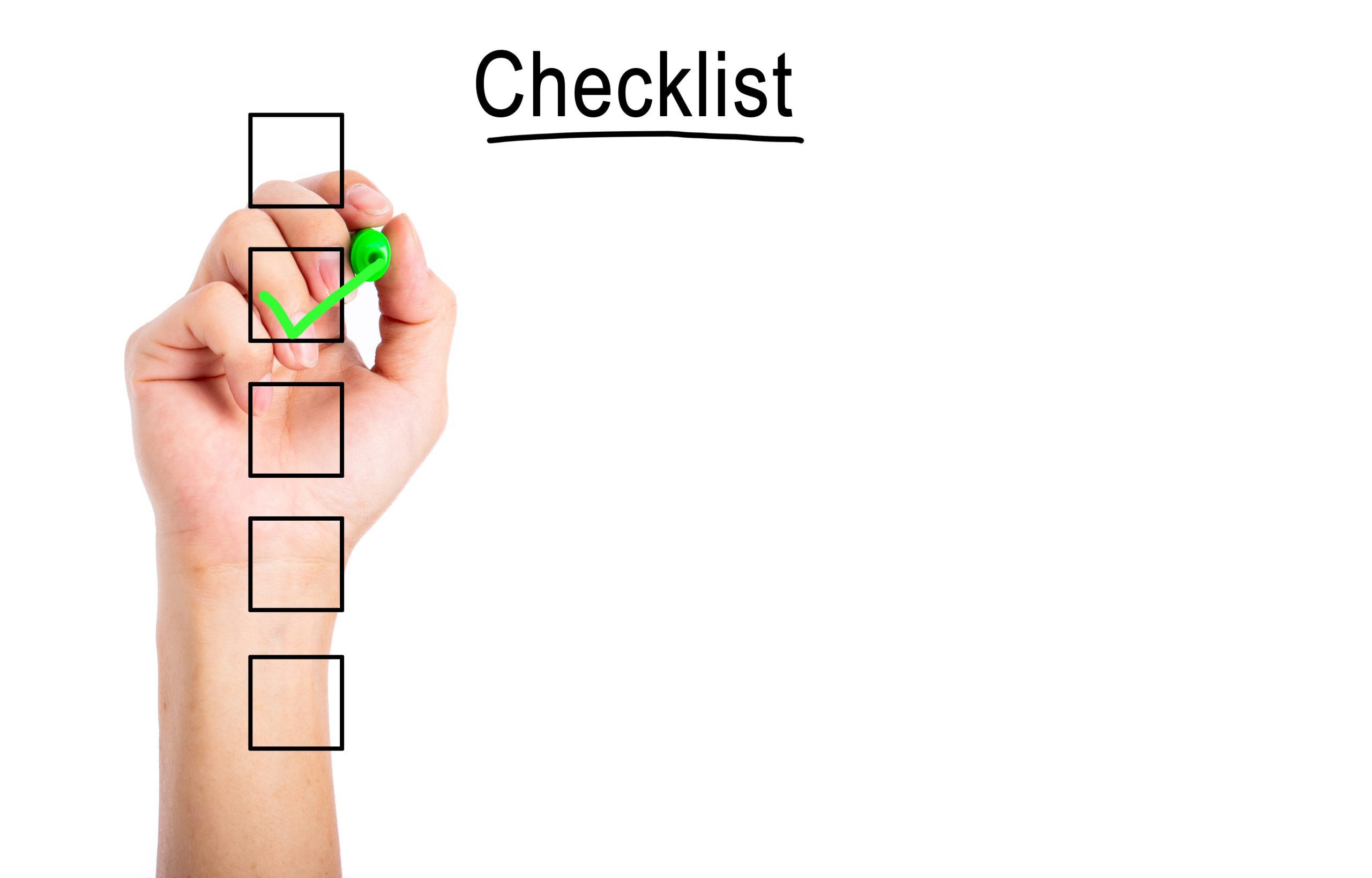The Power of Editing: How to Perfect Your Written Content

Written content creation is a crucial part of your marketing strategy and, when done correctly, can help you grow your brand. But how do you create fantastic content that stands out against your competitors?
Of course, you have to make what you publish relevant. There is no point in writing articles about how to decorate a kitchen if you own a beauty shop. You should also include keywords to optimise your content for search engines, also known as search engine optimisation.
No matter how brilliant your content is, it won’t do well if your audience can’t find it!
However, these aren’t the only issues a content writer may face when trying to gain traction from their work. Editing is crucial to the creation process to ensure you capture your target audience’s attention and deliver a clear message.
So, what is editing, and how do you refine your content to make it the best it can be?
This blog explores how to edit a blog post and our top tips to help your content appeal to your readers, pulling them away from your competitor’s website and towards yours instead.
Whilst this article focuses on blog posts, you can use it to support your editing on various platforms, including social media posts and email marketing, to name a few.
What is editing, and why is it important?

To properly edit your work, you must first understand what editing is and why it is essential for content writing.
When you write content, your first draft is raw and unpolished. Whilst it contains the essence of your message, it also holds mistakes, errors and vagueness, so your point can become lost amongst the clutter.
So why is editing so important in writing? Ultimately, it helps you amend these issues, refines what you’ve written, and revises and polishes it to improve the quality of your content.
For some, this means altering the spelling, punctuation and grammar to ensure their work makes sense. Others rearrange the structure to improve the flow and clarity.
Even with years of experience, writers are still human and make mistakes. These mistakes can affect their content’s credibility and the writer’s reputation amongst clients.
By editing their work, writers can better communicate their ideas to their target audience by making content more coherent, clear and concise. These qualities help improve the understanding of their message and enhance the overall impact of their writing.
It also increases reader engagement with the content and enhances credibility within their chosen field.
If you write for multiple audiences, editing also allows you to ensure you use the correct tone and language to suit your client.
For example, if a writer engages in content writing and copywriting, they must understand the difference and adapt their skills accordingly. First, they need to establish whether they are copywriting or content writing, and when editing, ensure they alter their work to suit their task and audience.
How to edit your content
1) Prepare for the edit.

While editing is vital, you must prepare beforehand for the best results. Remember why you wrote your content in the first place and the message you wanted to convey. Who did you write your piece for?
Keep these answers in mind when editing to ensure it reaches your target audience and gives the right message.
Use an editing checklist so you know what you’re looking for and what edits you want to make. This list can help make the editing process more efficient and effective (we will explore this more extensively later).
2) Take a break if possible.

It is no secret that writers immerse themselves in their work. Whilst this can help with the writing process, it can hinder the editing stage if they attempt too much in one go.
Separating yourself from your content is not always possible. However, step away from the piece before you edit content if you can. This may mean writing in the afternoon and reviewing it in the morning or planning your next article before editing your last.
Improving your content needs objectivity and clarity, which you don’t necessarily have immediately after writing. By taking a break, you step away from the ideal version in your head so you can see what is on the page when you make revisions, giving you fresh eyes to edit with.
You are, therefore, more likely to identify any mistakes or errors and can amend them as needed.
3) Review the structure and organisation.

Your blog must be organised and coherent for maximum impact on your audience. If it isn’t, your readers will become distracted and stop reading!
This need for structure and organisation highlights the importance of editing: it allows you to alter your content as required so the paragraphs don’t appear disjointed or randomly placed.
When structuring your blog, consider the following:
- Do you have a clear introduction?
- Do you have a series of paragraphs exploring your main idea and surrounding points?
- Do you have a conclusion with a strong call to action (CTA)?
- Do your paragraphs transition smoothly into each other?
Rearrange your sentences and paragraphs if necessary. A paragraph near the beginning of your content may work better towards the end, or a sentence in the middle may better fit with a section at the start.
Keep similar ideas together and allow the paragraphs to flow. This structure makes your writing appear more organised and professional to your readers.
4) Check for spelling, punctuation and grammar.

Sometimes, the mistakes we make aren’t incorrect statements or random tangents. Sometimes, it’s just a typo.
You may have experienced this yourself. You’re reading a web article, a blog post, or maybe even a published book, and in the middle of the page is a mistake. A misspelt word or the wrong punctuation. Using ‘your’ instead of ‘you’re’. You try to ignore it. Maybe you can. Maybe you can’t.
If readers find these mistakes within your content, it can pull them away from your intended message, and they instead focus on the errors left in the text.
This issue highlights the importance of proofreading and editing. Without these processes, your target audience is much more likely to spot these errors and your reputation as a writer can suffer.
By editing your work, your content becomes a higher quality and can appear more professional to your readers, making them more likely to engage with your website and services.
5) Remove unnecessary words.

When editing your content, you must be ruthless. Take it out if it doesn’t contribute to or help your writing.
You can find various unnecessary word types, including filler words, redundancies and jargon, to name a few.
For example, some writers include industry jargon to appear more professional and authoritative, especially if their topic is more technical. However, this isn’t always the case.
If your target audience is industry experts, the jargon may be necessary. But if you hope to reach the general public, including this terminology can confuse your readers.
Filler words dilute your content and require more text to support them. We will use the following sentence as a demonstration.
‘There are some dogs that have brown fur.’
In this instance, ‘there are’ and ‘that’ are unnecessary filler words. You can shorten this sentence to ‘some dogs have brown fur’, emphasising the sentence topic (the dogs).
Redundancies are also easy to remove. What have you specified that doesn’t require specification? For example, you may state the sky is blue, or the snow is cold. In both instances, the sky is assumed blue and the snow cold, so mentioning these descriptions is unnecessary.
Taking out these additional words makes your writing more concise and easier to read, which makes your message more transparent.
6) Avoid repetition.

Sometimes, repetition helps emphasise a point. However, it can also make your content harder to read, and overusing words can lessen their impact on your target audience.
Editing your writing allows you to identify and remove these words, making your work more varied and powerful. It can also promote conciseness in your content and bring clarity to your target audience.
Read through your work and remove commonly reoccurring words that appear. Reword the relevant sentences and incorporate synonyms where appropriate. Any synonyms should fit naturally into the sentence – don’t use overly technical or abstract alternatives to a simple word if it isn’t required.
You may also find you have paragraphs repeating previously stated information. Remove these from your content, as they don’t provide additional value, though you can still summarise your blog towards the end or refer to previously mentioned information.
Be aware that you can include some words repeatedly without your reader perceiving them as repetition, such as pronouns.
7) Check the formatting.

If your text appears too long and bulky, it will deter potential readers and limit your brand reach. Instead, alter your formatting to make your content appear more spread out.
Pay attention to the white space in your blog. White space is the empty area surrounding the written text and helps your work seem easier to read for potential readers.
Including white space means your content doesn’t appear in long blocks of text, making it more eye-catching and uncluttered.
You can optimise white space using lists, bullet points, and shorter sentences and paragraphs. This way, you can incorporate the same information while making your content visually appealing, encouraging more people to read it.
8) Share your work with a colleague.

As previously mentioned, writers need space to gain objectivity and clarity between writing and editing. Whilst this allows you to find errors within your blog, you won’t find them all.
You read what you intended to write and your desired meaning, which is not necessarily what appears on the page. In other words, you can become blind to your own mistakes.
Ask a colleague to be your proofreader or editor, or hire a professional. They can review your content before publication and identify areas to improve.
This does not mean you should avoid editing your own content. Instead, it means you have a fresh perspective reviewing your work after you amended the errors you found.
When working with a colleague, you can exchange content and provide each other with feedback, improving your work and enhancing your editorial skills.
This collaboration is crucial for the editing process as using their suggestions can better the quality of your writing, therefore appearing more professional and encouraging reader engagement.
Top Editing Tips
Now you know how to edit, you can alter your work to suit your target audience and convey your message effectively.
Like with most things, you can use editing tips for writing to make the process better, easier or more efficient, and here are ours.
See how you can improve your editing process using our tricks of the trade.
1) Editing software.

Manually editing content is vital to convey that human touch, but that doesn’t mean you can’t have help.
Use software like Grammarly to identify errors, such as spelling, punctuation, grammar, clarity and delivery. These tools can uncover mistakes you are unaware you make so you can also become a better content writer or copywriter.
Be aware, however, that you may need to make executive decisions about the software’s suggestions. Sometimes, they may recommend unrealistic synonyms or alter a sentence so that the original meaning is lost. While these tools are helpful, you must still review your content to ensure it makes sense and is appropriate for your target audience.
2) Keep everything concise.

Concise copy is easier to read, so ensure your writing is concise during copywriting and editing. If you divert on too many tangents or use too many unneeded words, you can deter your readers from acting on your call to action at the end of your blog post.
If you have a word limit, ensure your edited content is under that limit. Remove information that isn’t relevant to your topic, and exchange longer phrases for shorter alternatives where needed.
Conciseness emphasises your words’ impact on your target audience, making your content more effective. This, in turn, can improve reader engagement and website conversions.
3) Consistency is key.

Any content you create should be consistent as this reflects your online brand. This consistency helps establish what your company is about and how you want to present yourself to your online audience.
Is your tone formal or informal? Are you appealing to the general public or experts in your field?
Whichever tone you choose, maintain it throughout your content. Your writing can become confusing if you alternate between chatty and technical language.
Consistency isn’t just about the tone of voice. It also includes spelling and grammar rules.
For example, choose whether your content will use American or British English and use those rules throughout the piece. Also, for words that can be either hyphenated or two separate words, don’t switch between them. If you capitalise a word in one sentence, you must capitalise it whenever it appears. Inconsistency can distract your readers from your blog.
Be consistent with your edits too. If you make a change at the beginning of your article, be prepared to make a similar change at the end if needed.
Keeping your work consistent helps your audience focus on and understand your message and brand. It can also add professionalism to your work and business.
4) Fact check where necessary.

Writing a blog includes sharing information with your audience, who see you as an industry expert. Your readers can then use that information to influence their decisions.
But what if that information is wrong?
This is why editing is important. Using incorrect information can damage your reputation as a content writer or copywriter and lower public trust in your authority and brand. If your data is wrong, your readers are less likely to treat your company as a source of knowledge, and you can lose potential customers or clients.
Therefore, you must ensure the information you use in your content is correct.
For example, if you are writing for a pharmaceutical business, include the correct dosages, side effects, and medication instructions. If the information could change, such as product prices, use the right price for any product you mention, and include how these figures were accurate when you wrote the blog.
By fact-checking your work, you bring credibility to your writing and company, so your target audience can trust your content is reliable and are more likely to use your services or products.
5) Know your brand.

We have already explained why consistency is vital in your blogs, and knowing your brand helps you achieve this.
Establish what your brand is and use this to influence how you create content.
Is your brand friendly? Formal? Do you emphasise your integrity and reliability or focus on your years of experience? What does your business mean to you, and what qualities was it built upon?
Some businesses may have their own brand guidelines. These can include various information, such as style guides, to help writers achieve the desired tone and impact.
This knowledge can reduce issues with content before publication as the writing style and tone should be more consistent, meaning you can release more authentic and brand-appropriate blogs to your audience.
6) Make an editing checklist.

When editing your work, you look for any mistakes you may have made. But what should you look for?
An editing checklist for writing contains a series of errors to search for and tips to implement, such as shortening long sentences and removing passive voice. It can also include other tasks to remember, such as finding a quiet space and reading aloud.
Using a list such as this makes you less likely to forget mistakes that need removing or correcting, improving the quality and professionalism of your content.
If you repeatedly make the same errors, make a list so you can amend these mistakes during the editing process. For example, if there are specific words you frequently misspell or grammatical rules you forget, make a note so you can find them later.
Regularly update your checklist to reflect your writing habits and editing needs to make reviewing your blogs more efficient.
7) Read your content aloud.

Silently reading allows you to identify and correct several mistakes in your work, but not all of them. You can still miss various errors.
Instead, read your content aloud to help find areas to improve. You can find missing or additional words and sentences that don’t flow, to name a few. Using this method, you can also discover if a sentence is too long and needs splitting into two or more.
This method is a great way to identify issues that a spelling or grammar checker wouldn’t necessarily find.
If you don’t want to read it yourself, text-to-speech tools can read it aloud instead, enabling you to listen for those mistakes and amend them in your document.
Content editing is a crucial part of the writing industry and needs due care and attention to ensure your blog is of the highest quality. Businesses can contact a marketing agency to achieve this.
Fly High Media offers a client-focused approach to help gain the best results for your business. With our passionate team of experts, we provide an array of services to support your company with its online presence.
Contact us today and see how we can help with your digital marketing!
Contact Us
Cheshire (Head Office)
Manchester
Get in touch
Let’s find the best solution for your business
